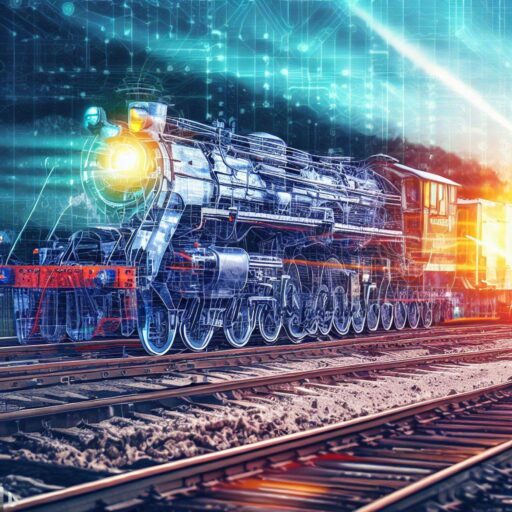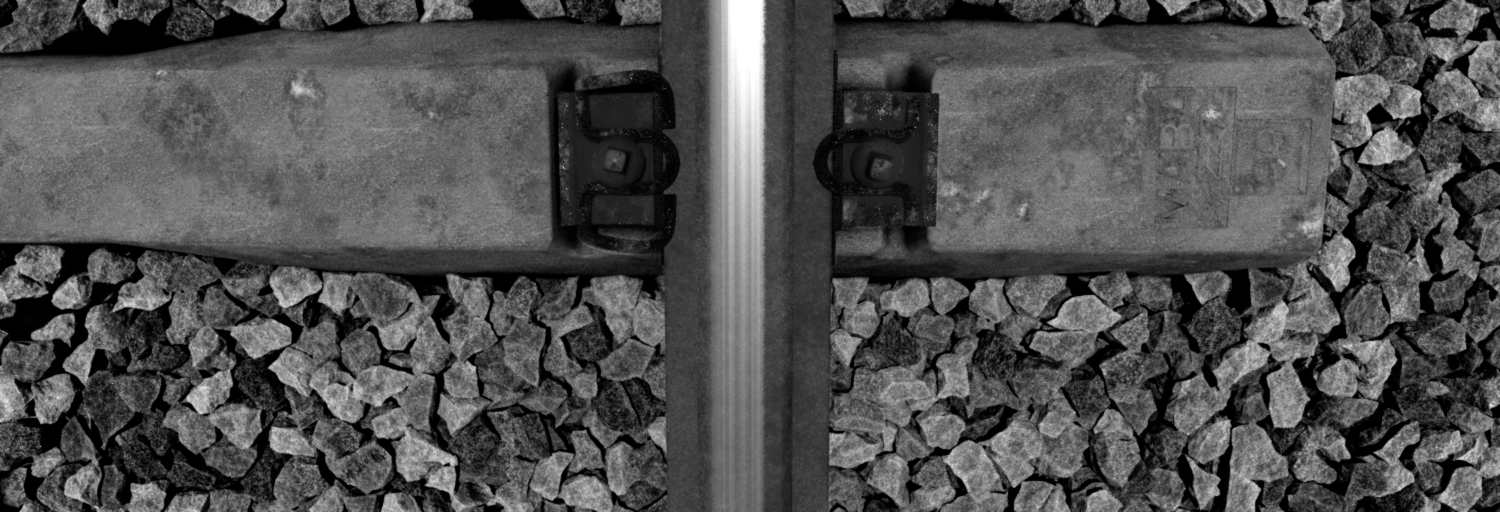Enhancing Railway Infrastructure Inspection with Synthetic Image Data Generation

Introduction
As the world continues to evolve, so does the transportation industry, with railway infrastructure being no exception. As railway technology advances, it becomes increasingly important to ensure that the equipment and infrastructure in use are safe, efficient, and reliable. One way to achieve this is using machine learning models trained on image data. However, acquiring large amounts of real-world image data can be expensive and time-consuming. This is where synthetic image data comes in.
Augmenting Real-World Data with Synthetic Image Data
Augmenting real-world data with synthetic image data is a technique used to increase the diversity and balance of image datasets used to train machine learning models. By generating synthetic images that simulate real-world scenarios, variations, and edge cases, the diversity of the dataset is increased, and the need for expensive or hard-to-obtain data is reduced.
In railway infrastructure, this can be particularly useful. For example, suppose you want to train a machine learning model to detect and classify different types of defects on railway tracks. In that case, you would need a large dataset of labeled images of tracks with various defects. However, obtaining such a dataset can be difficult, as it requires physical access to the tracks and a trained professional to identify and label each defect. By augmenting real-world data with synthetic image data, you can create a more diverse dataset of labeled images that better represents the different types of defects that can occur on tracks.


Advantages of Synthetic Image Data
Augmenting real-world data with synthetic image data has several advantages, including:
1. Cost-effective: Generating synthetic image data is often more cost-effective than collecting real-world data. This is because synthetic data can be generated quickly and efficiently, without requiring physical access to the railway tracks.
2. Diverse dataset: Synthetic image data can introduce novel variations and edge cases that may not be present in real-world data. This can help ensure that machine learning models are trained to handle unexpected scenarios.
3. Increased accuracy: Augmenting real-world data with synthetic image data can help balance class distributions and reduce bias, leading to more accurate machine learning models.
4. Privacy and security: Synthetic image data can be used to create anonymized or abstract representations of data, ensuring that sensitive or private information is not shared.
Conclusion
Augmenting real-world data with synthetic image data is a powerful technique that can help improve the accuracy and reliability of machine learning models trained on image data. In railway infrastructure, where safety and efficiency are paramount, this technique can be particularly useful. By creating a diverse dataset of labeled images that better represents real-world scenarios, machine learning models can be trained to detect and classify different types of defects on railway tracks accurately.